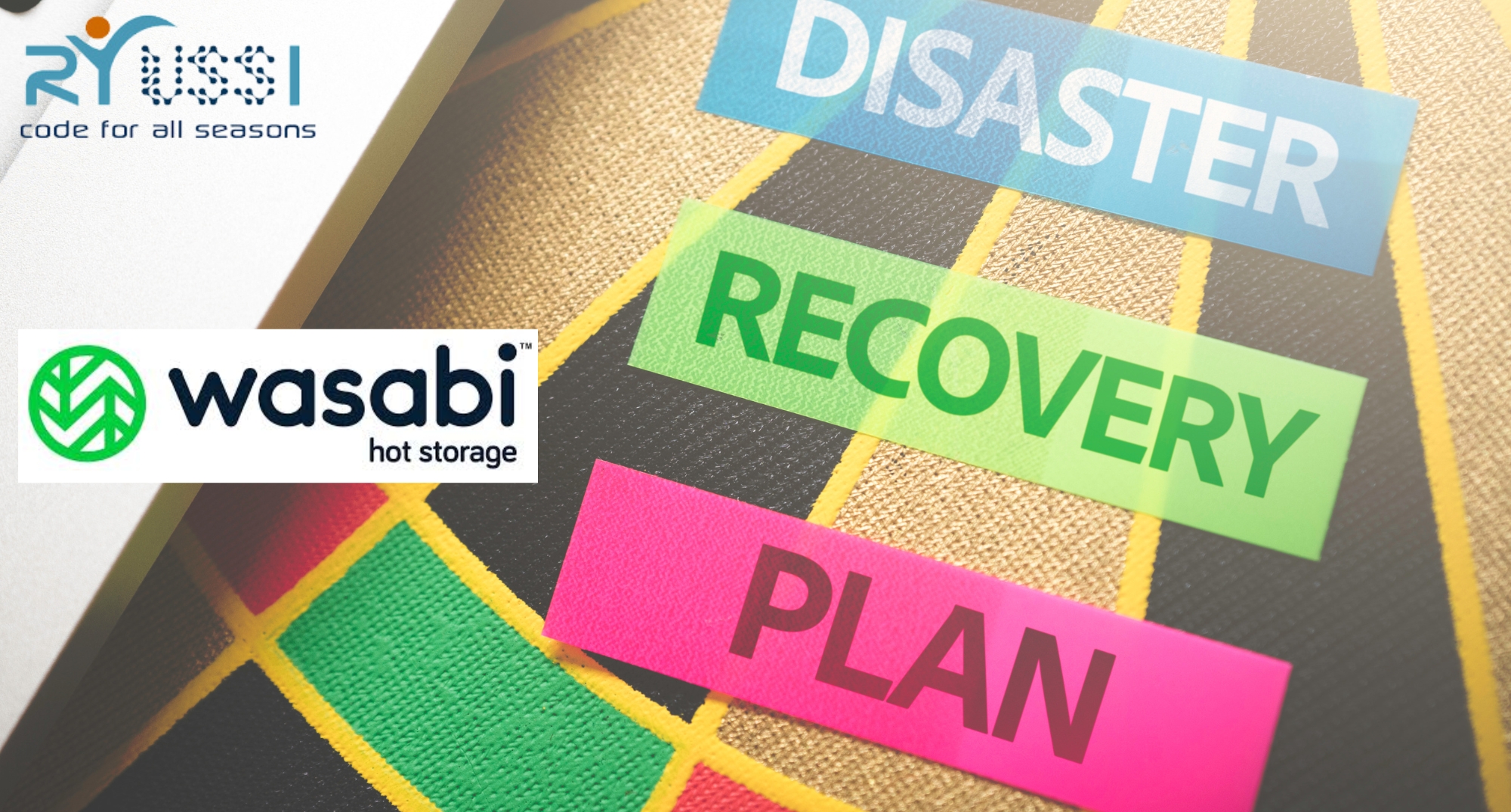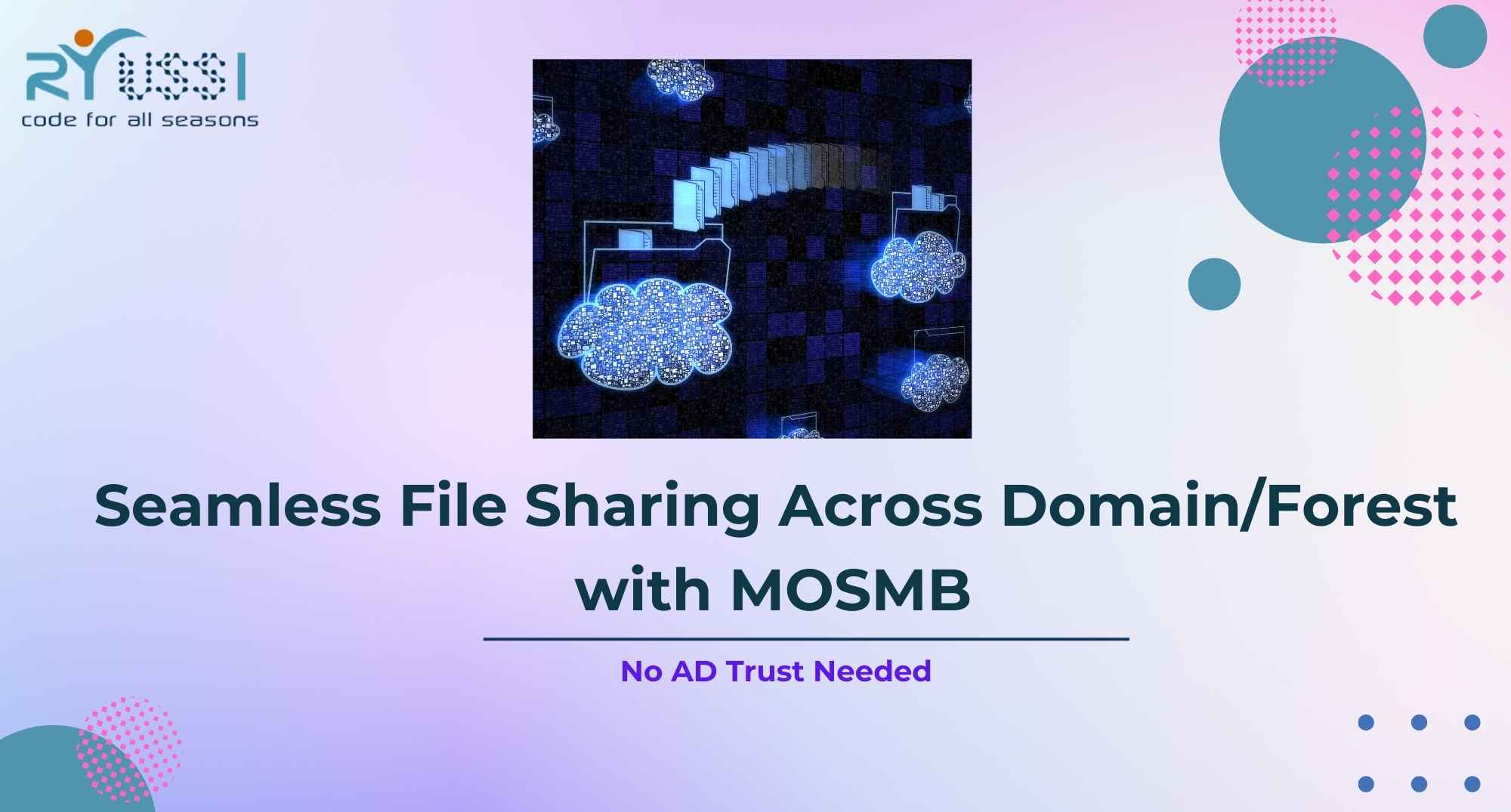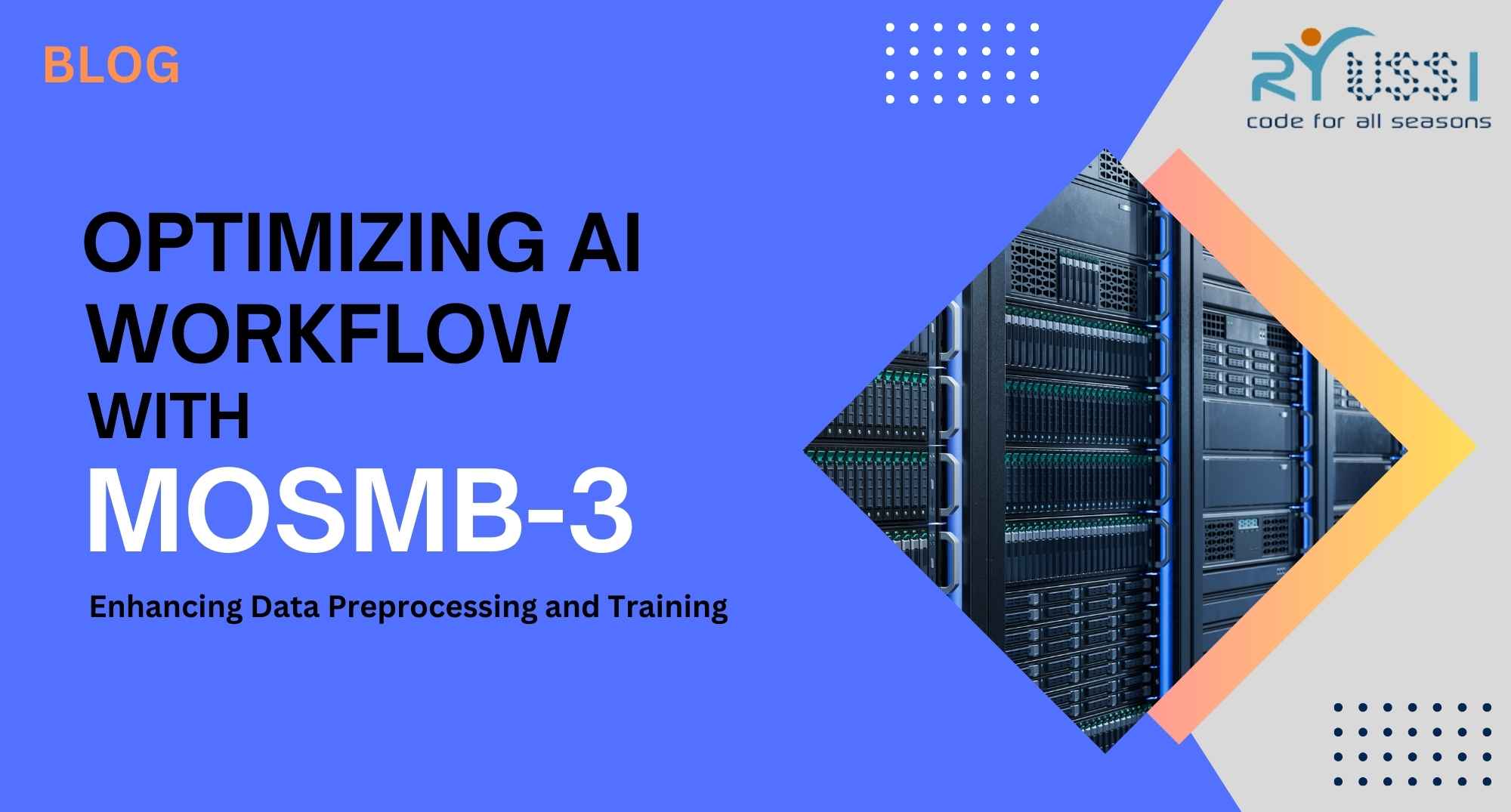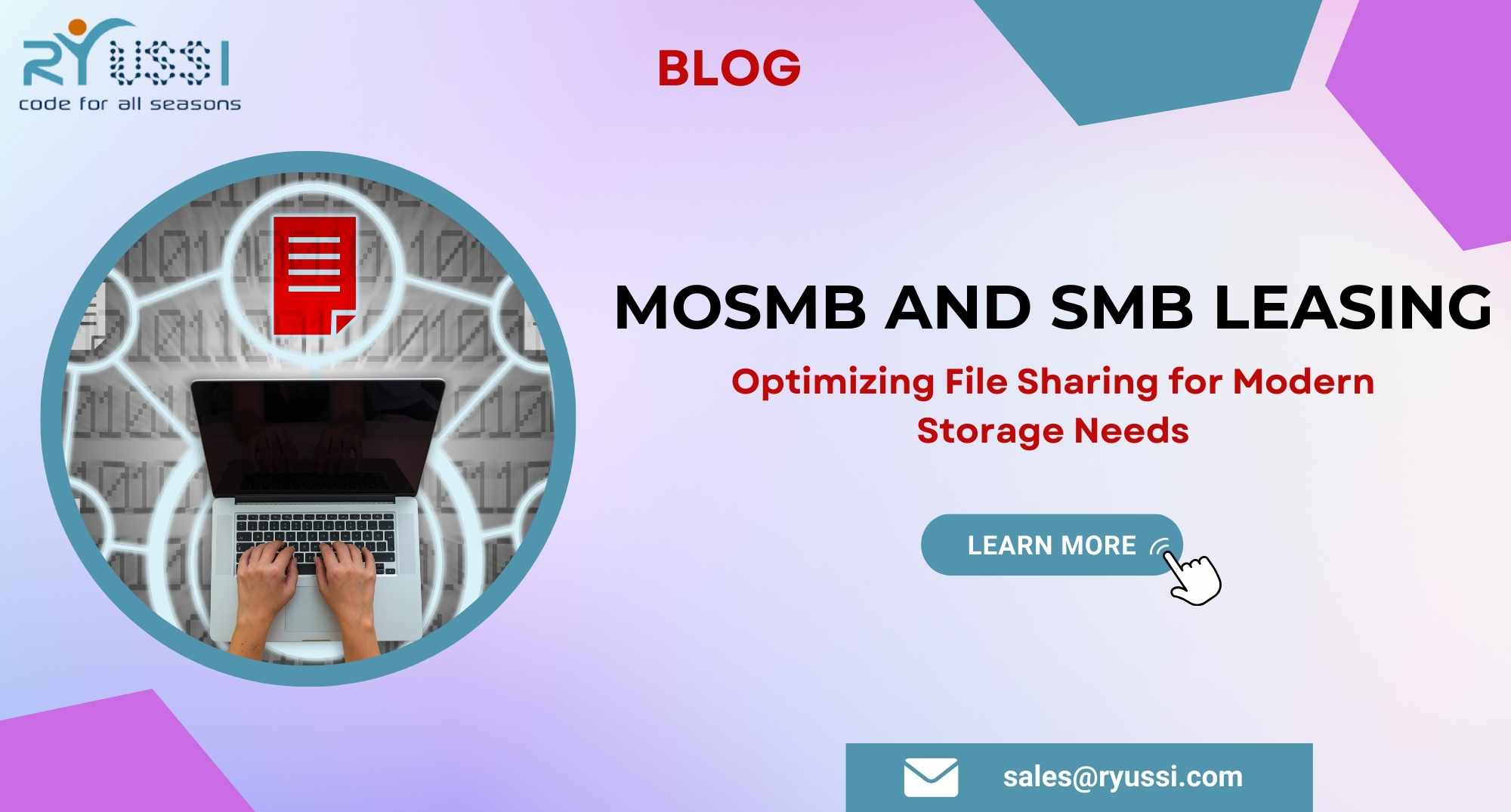
Implementing Disaster Recovery Plans with MoSMB-S3 and Wasabi
In today’s data-driven world, ensuring business continuity during disasters is a crucial concern for enterprises. Implementing a robust disaster recovery (DR) plan is essential to minimize downtime and data loss. MoSMB-S3, combined with Wasabi’s cloud storage, provides a powerful solution for disaster recovery. This blog will guide you through implementing an effective disaster recovery plan using MoSMB-S3 and Wasabi.
Understanding MoSMB-S3 and Wasabi
MoSMB-S3
MoSMB-S3 is a cutting-edge extension of Ryussi’s MoSMB, an enterprise-grade SMB (Server Message Block) NAS file server. MoSMB-S3 integrates seamlessly with any S3-compatible cloud storage, providing high performance, scalability, and reliability. It supports native file semantics, making it an ideal solution for complex, high-demand storage environments.
Wasabi
Wasabi is a cloud storage provider known for its cost-effectiveness, high-speed performance, and robust security. With data centers in multiple regions, Wasabi offers scalable and reliable storage options, making it an excellent choice for disaster recovery.
Leveraging MoSMB-S3 for Disaster Recovery
- Data Replication
One of the key components of a disaster recovery plan is data replication. MoSMB-S3 allows you to replicate your data to Wasabi’s cloud storage, ensuring that a copy of your critical data is always available. This replication can be configured to occur in real-time or at scheduled intervals, depending on your specific needs.
- Automated Failover
In the event of a disaster, automated failover mechanisms ensure that your applications can quickly switch to the replicated data on Wasabi. MoSMB-S3 supports automated failover, reducing downtime and maintaining business continuity.
- Data Integrity and Consistency
Maintaining data integrity and consistency is vital during replication. MoSMB-S3 ensures that data is consistently replicated to Wasabi, preserving file attributes and access permissions. This seamless integration guarantees that your replicated data is accurate and up-to-date.
- Secure Data Transfer
Data security is paramount in disaster recovery. MoSMB-S3 uses secure protocols such as TLS/SSL to encrypt data during transfer to Wasabi, ensuring that your data is protected from interception or tampering.
Best Practices for Implementing Disaster Recovery with MoSMB-S3 and Wasabi
- Assess Your Recovery Objectives
Determine your Recovery Time Objective (RTO) and Recovery Point Objective (RPO). RTO is the maximum acceptable amount of time to restore operations after a disaster, while RPO is the maximum acceptable amount of data loss measured in time. These objectives will guide your disaster recovery strategy and configurations.
- Regular Data Backups
Schedule regular backups of your data to Wasabi using MoSMB-S3. Regular backups ensure that you have recent copies of your data, minimizing data loss in the event of a disaster. Automated backup solutions can help maintain consistency and reduce the risk of human error.
- Test Your Disaster Recovery Plan
Regularly test your disaster recovery plan to identify potential issues and ensure that it works as intended. Testing helps verify that data replication, failover mechanisms, and recovery procedures are functioning correctly.
- Implement Redundant Systems
Redundancy is crucial for disaster recovery. Deploy redundant systems and networks to eliminate single points of failure. Ensure that your critical systems and data have multiple layers of protection.
- Monitor and Update
Continuously monitor your disaster recovery setup to detect and address any issues promptly. Keep MoSMB-S3 and Wasabi up to date with the latest security patches and software updates. Regularly review and update your disaster recovery plan to adapt to changing business needs and technological advancements.
Conclusion
Implementing a disaster recovery plan with MoSMB-S3 and Wasabi provides a robust solution for ensuring business continuity. By leveraging MoSMB-S3’s data replication, automated failover, and secure data transfer capabilities, combined with Wasabi’s scalable and reliable cloud storage, enterprises can effectively protect their critical data and minimize downtime during disasters.
Investing in a comprehensive disaster recovery plan not only safeguards your data but also ensures the continued trust of your customers and stakeholders.
Ready to enhance your disaster recovery strategy with MoSMB-S3 and Wasabi? Contact us today at sales@ryussi.com to learn more and take your data protection to the next level.






